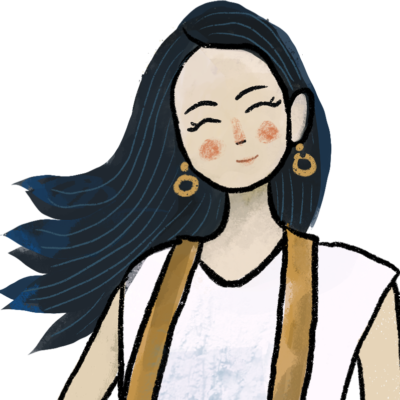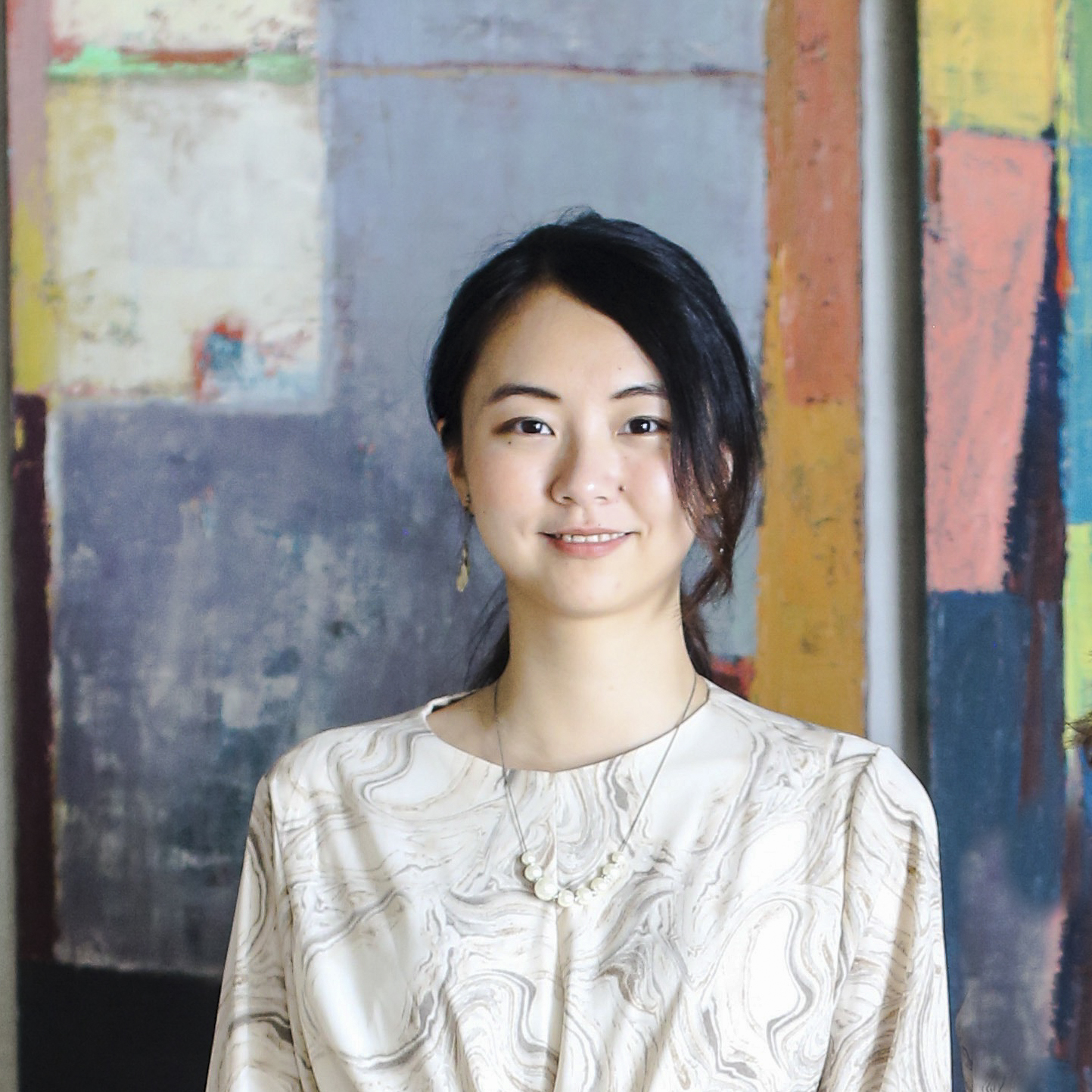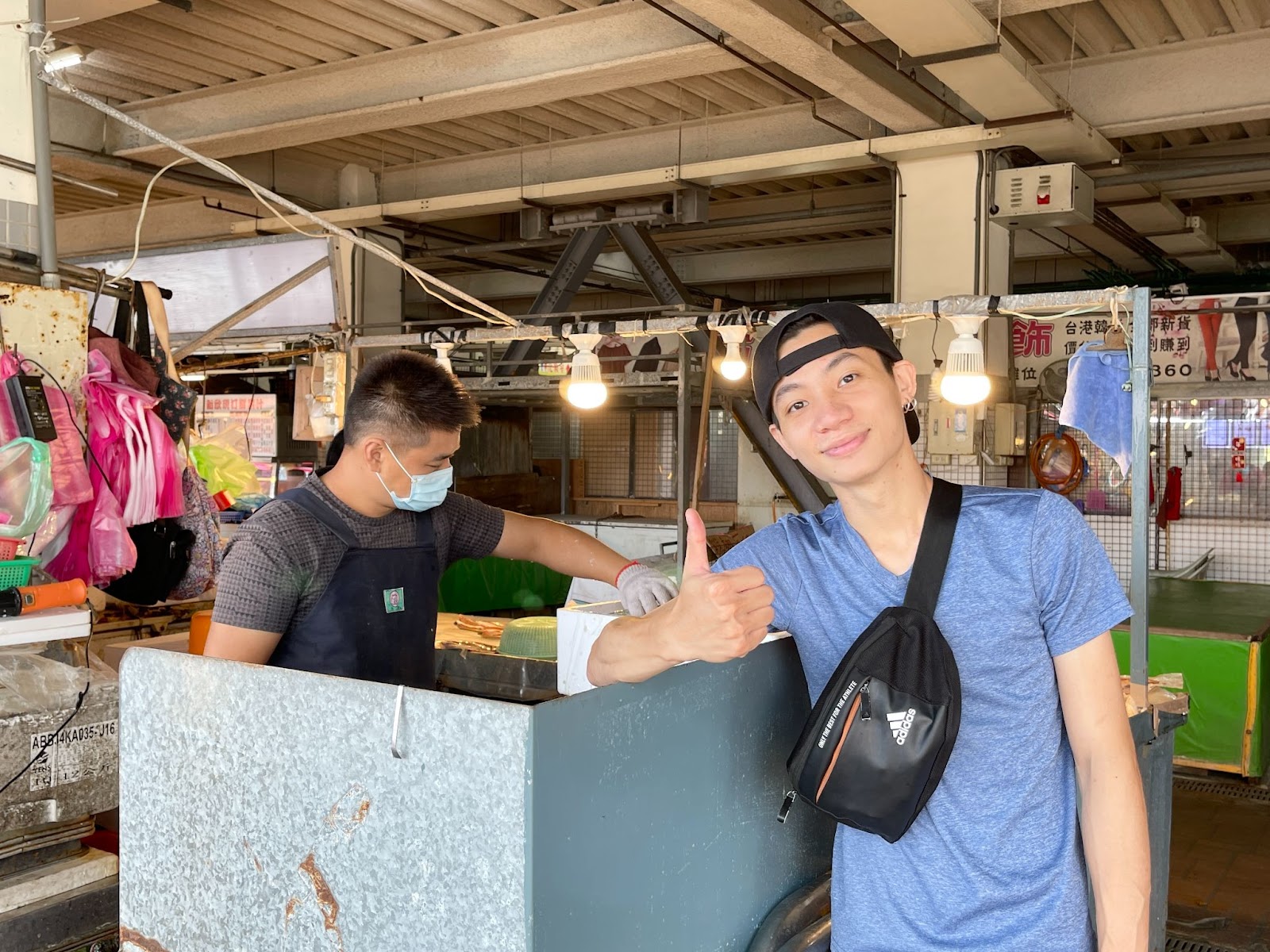Hualien【Sea×Atr&Design】Report
2022.03.31
Taiwan(台湾)
Guest speaker: Tammy Tsai
coordinator/presenter: Jing Liao
Date: 12/19
UMITOMACHI -海とアート&デザイン 馬祖ビエンナーレ
This time, we’re not in Hualien—let’s change our focus to Matsu! There are huge art activities happening on the islands now and luckily Jing has been participating. Let’s take a look before it opens in February.
今回は、花蓮ではなく「馬祖(Matsu)」という場所についてご紹介します!現在、その馬祖諸島でとても大きなアートプロジェクトが始まっており、運よく紹介人のジンがプロジェクトに参加しています。2022年2月に開催されたそのアートイベントが始まる前の様子を見てみましょう。
Matsu Islands is an archipelago of 36 islands and islets in the East China Sea. Considering its location between Taiwan and Mainland China, during the opposition to the mainland communist regime, Matsu served as Taiwan’s front line of defense for many decades, turning the island landscape into a battlefield. Local industries relied heavily on military related consumption. Life in Matsu couldn’t continue without the military.
馬祖諸島は、東シナ海に36もの島々で形成されています。その場所は、台湾と中国大陸との間に位置し、馬祖は、中国の共産主義政権に対していた時期の何十年もの間、台湾の防衛の前線として機能しており、島々の風景は戦場と化しました。地元産業は、軍とその関係のある消費に大変依存しており、馬祖は、軍隊なしでは維持できないとまでなっていました。
Luckily, the real war never really happened in Matsu and military frontline defense policy ended in 1992. Many defensive tunnels, scenes of psych-war slogans, troops, and military facilities still remain as legacy or heritage. (Some places are still for military usage and not open to the public.)
幸いなことにも、馬祖では実際の戦争は起きず、軍の前線としての防衛制作は1992年には終わりを遂げました。防衛のための洞窟、戦いに向けてのスローガンを掲げている看板、罠、軍事施設は、まだ遺産もしくは遺跡として多く残存しています。いくつかの場所は、未だに軍事用として使用され、公開されていない場所もあります。
For the past 30 years, lots of abandoned tunnels or forts right at the seaside have been renovated and revitalized to become wineries, cafes, hotels, and many other recreational venues. The awesome ocean view always attracts many tourists.
過去30年間に、多くの放置された洞窟や海に面する要塞などが、リノベーションされ、ワイナリーやカフェ、ホテルやその他のレクリエーション施設などとして再び活用されています。
In 2021, an important announcement was made about Matsu Islands. The islands will be transformed from a military outpost into an art island. The first opening of Matsu Biennale will be from 2/12-4/10 in 2022. Lots of artwork will be installed along the seaside, creating a totally different ocean view experience.
2021年には、馬祖がとても大事な声明を発表し、「この島は、軍事的な前線の場から、アートに島に生まれ変わります」としました。馬祖ビエンナーレというアートイベントの初回は、2022年の2月12日〜4月10日までを予定しています。海沿いに多くのアート作品が、今までとは全く異なるオーシャンビューをみることができるように作られています。
This is the very first big-scale art activity happening on the islands in Taiwan. In addition to making it an exciting event, the organizer, the Matsu local government, see this biennale as part of the landscape and urban planning strategy, with a 10-year blueprint in mind.
これは、台湾の中でも初めて実施した大きな規模でのアートプロジェクトになります。また、このイベントをより面白くすることに加え、馬祖の自治体は、このイベントを景観や都市計画の一環として捉え、10年計画を見据えて準備しています。
In order to do this, the first step—a new administrative structure system—was built on the local government side. An agile decision making process, flexible human resource adjustment, and cross-bureau collaboration is expected to be fulfilled by the art movement.
こういった取り組みを進めるにあたり、第一歩としてまず地元の地方自治体では、新しい行政システムを作ることから始めました。このアート活動が充実させるために、行政の迅速な意思決定プロセス、柔軟な人事調整、そして部署を超えた協力が期待されるようになりました。
Second, the architecture and buildings on the landscape are considered part of the artwork. The process by which modern transform the military forts and harbors for modern usage will be fully developed as well.
次に、建築や景色としての建造物がアート作品の一部として考えられるようになりました。現代の建築家が軍事用の要塞や港を現代にも使えるように形を変えるそのプロセスもまた大変発達してくだろうと思われます。
Third, instead of making eye-catching art installations, lots of community art and education-related programs are made, hoping to connect more people to these art activities, especially kids. For example, for one project, the artist will work with elementary school kids, guide them to find the color of their hometown, and then dye their clothes and the local soil together. A huge tower hanging the kids’ work will be built in their town.
3つ目に、見た目が可愛いアート作品を導入するのではなく、より多くの人たち特に子供たちにこういったアート活動と繋がりを持って欲しいという願いのもと、多くのコミュニティアートや教育関連プログラムが作られています。例えば、ある一つのプロジェクトではアーティストが小学生たちと共にアートを作り、子供たちに彼らの故郷の色はどんな色なのか見つけさせるように導き、そして服や地元の土を一緒にその色に染めるというプロジェクトを行いました。そして、その子供たちが作った作品がつるされた巨大なタワーが、彼らの町に作られたのです。
Last but not least, another important concept for this biennale is food. The food project will be developed with local moms and chefs to show the abundant seafood resources in Matsu, like shrimp, mussels, Buddha-Hand clams, and fish. Another interesting food culture there is Matsu laojiu (rice wine) cuisine. Every house has their own recipe for making laojiu, mainly using glutinous rice, red yeast, and water. Under great temperature control and after a 60-day fermentation process, the wine is ready for drinking or cooking. People like it because it can warm the body nicely. The rice wine is commonly used for soup or soup noodles. Red yeast rice residue (a side-product of making rice wine) can be cooked with fried rice, pork, and chicken. During the biennale, the tradition and new interpretation for local Matsu food culture will be shown as one of the food projects as well.
最後でありながらとても重要なこととして、このイベントのもう一つの大切なコンセプトが「食べ物」です。フードプロジェクトは、馬祖の豊富な海の幸であるえび、ムール貝、仏陀の手の形をしたアサリ、そして海の魚を使い、地元のお母さんやシェフたちが創り上げてきたものです。その他の興味深い食べ物の文化として、馬祖の老酒(ラオチュウという米のお酒)を使った伝統料理があります。それぞれの家庭によってそれぞれの老酒の作り方があり、主に粘り気の強いお米、紅色酵母菌、そして水を使用します。優れた温度調節管理のもと、60日間の発酵プロセスを経て、その米のお酒は飲酒できるようになります。そのお酒は身体を温めてくれるのでそのお酒が好きな人が多く、共通してスープやヌードルスープに使われます。紅色酵母菌の残り(老酒を作る過程でできる副産物として)は、チャーハン、豚肉、鶏肉と一緒に調理すると美味しいです。このイベントの期間中は、この食べ物の昔からの伝統と地元馬祖の食べ物文化の新しい解釈がフードプロジェクトの一環として紹介されています。
Our guest speaker, Tammy Tsai—who moved to Matsu with her husband more than 10 years ago—has hosted many workshops with local moms to promote this wine culture. She mentioned that making rice wine usually starts from Xiaoxue (one of 24 solar terms) around 11/23 and after two months, people open the wine jar together during the Lantern Festival. As a community project planner and art-lover, Tsai herself really hopes that more and more people can get closer to the arts through the biennale and she expects more local artists to join in so that everyone can enjoy this biennale together.
Let’s go to Matsu all together!
今回の私たち台湾からのゲストスピーカーは、タミー・タサイさんです。彼女は、旦那さんと共に10年前に馬祖へ移住し、この米のお酒を広めるために多くのアートワークショップを地元のお母さんたちと開催してきました。このお酒造りは通常小雪(二十四節気の一つで、11月23日ごろ)から始まり、約2ヶ月間続き、ランタンフェスティバルの間にみんなで一緒にその酒瓶を開封します。コミュニティプロジェクトのプランナーでもあり、アートの愛好家として、タサイさん自身も本当にもっとより多くの人がこのイベントを通して、アートをより身近に感じることができると信じています。そして、より多くの地元のアーティストがこのイベントに参加することで、みんながイベントを一緒に楽しむことができると期待しています。
ぜひ一緒に 馬祖へ行きましょう!
Updates:
Dongyin island in Matsu has an online culture exchange with Yonaguni island in Okinawa. Local dance, local wine and local musics are shared. Check this video:
- Profile
- Taiwan(台湾)
廖品淨 / Jing Liao
ニンジン株式会社 代表 慶応義塾大学大学院でアートツーリズムの地域活性化について研究をし、2017年デザイナーズレジデンシープログラム、DOOR to ASIA東北に参画。会社ではアートPR、台日コラボレーション活動、日本人向け台湾ブランドのセレクトショップなどで活躍している。

REPORT
関連するレポート
-
NEW

Hualien【Sea×Marine Sports】Report
レポート:台湾
UMITOMACHI – Sea x Sport | Water activities learning from Hualien Marine Conservation and Jiqi aba […]
-
NEW

Hualien【Sea×Music】Report
レポート:台湾
Guest speaker: KJ Tien coordinator/presenter: Jing Liao Date: 01/23 UMITOMACHI- 海 x 音楽 | サーフシンガー & […]
-

Hualien【UMITOMACHI Fes】Report
レポート:台湾
海はいつも私に刺激を与えてくれます。 このプロジェクトを通して、クリエイティブが海からインスピレーションを得ること、そして海が私たちの生活をどのように変えるかを知ることができました。みんなで海の環境を一緒に守る必要があり […]
-

Hualien【Sea×Food】Report
レポート:花蓮
Guest speaker: Hao, Kuo Coordinator: Jing Liao Date: 10/24 海 × 食マンジャックベリーのピクルスを添えた台湾風蒸し魚 by シェフ ハオ Introductio […]

